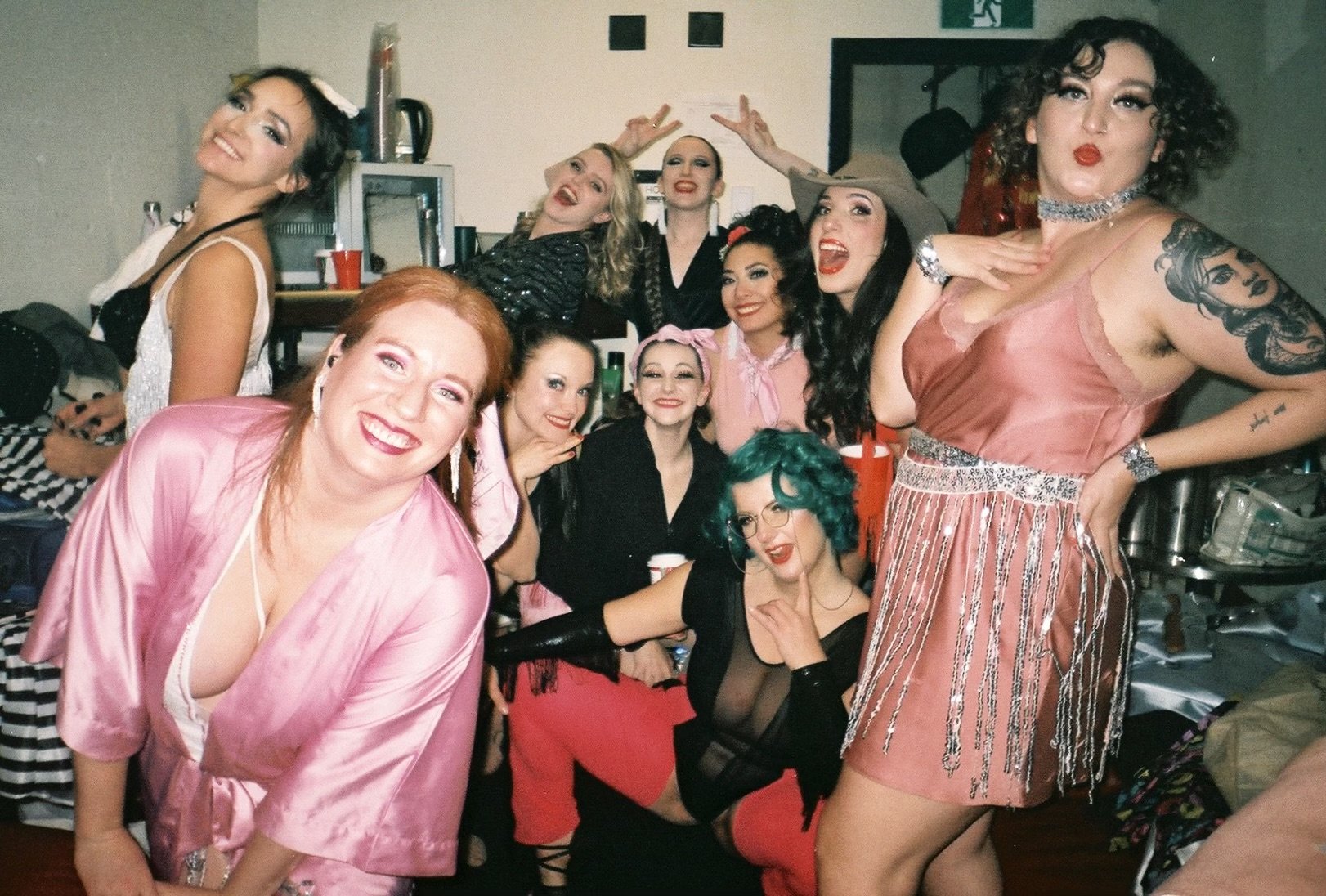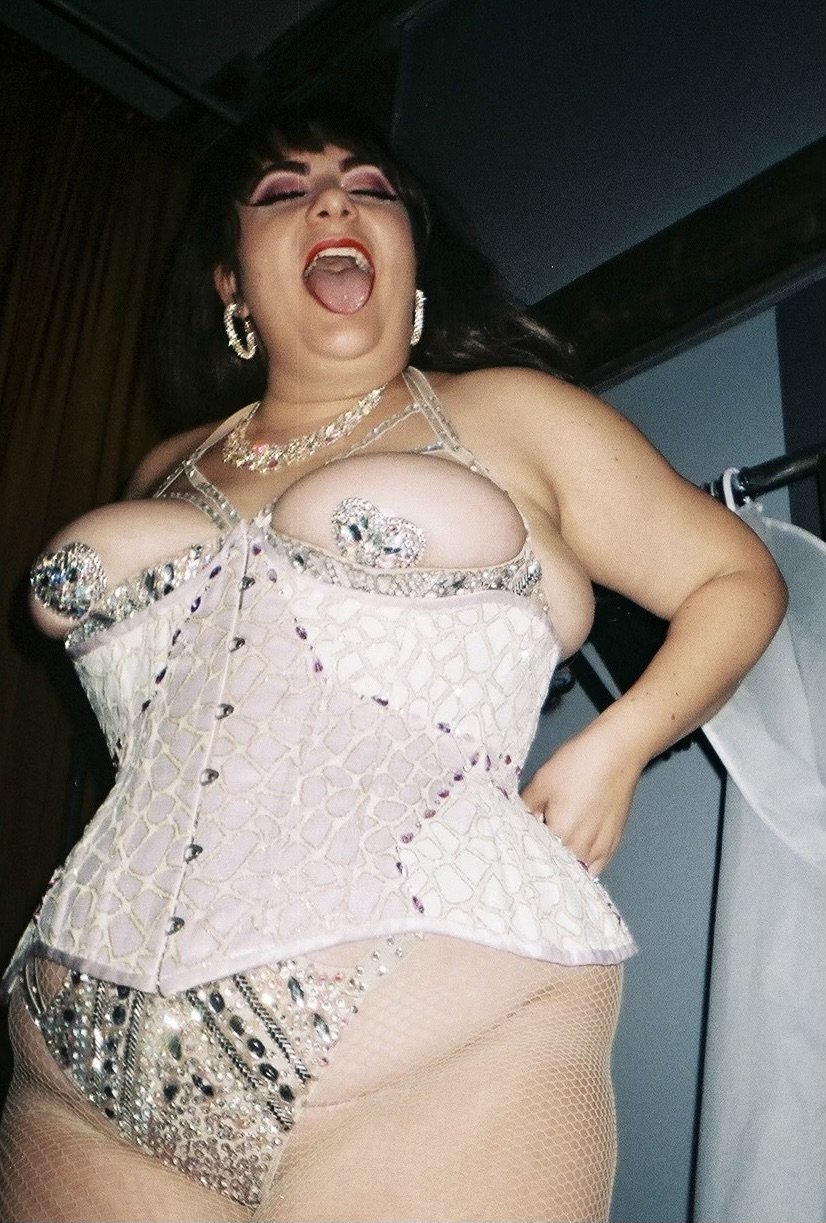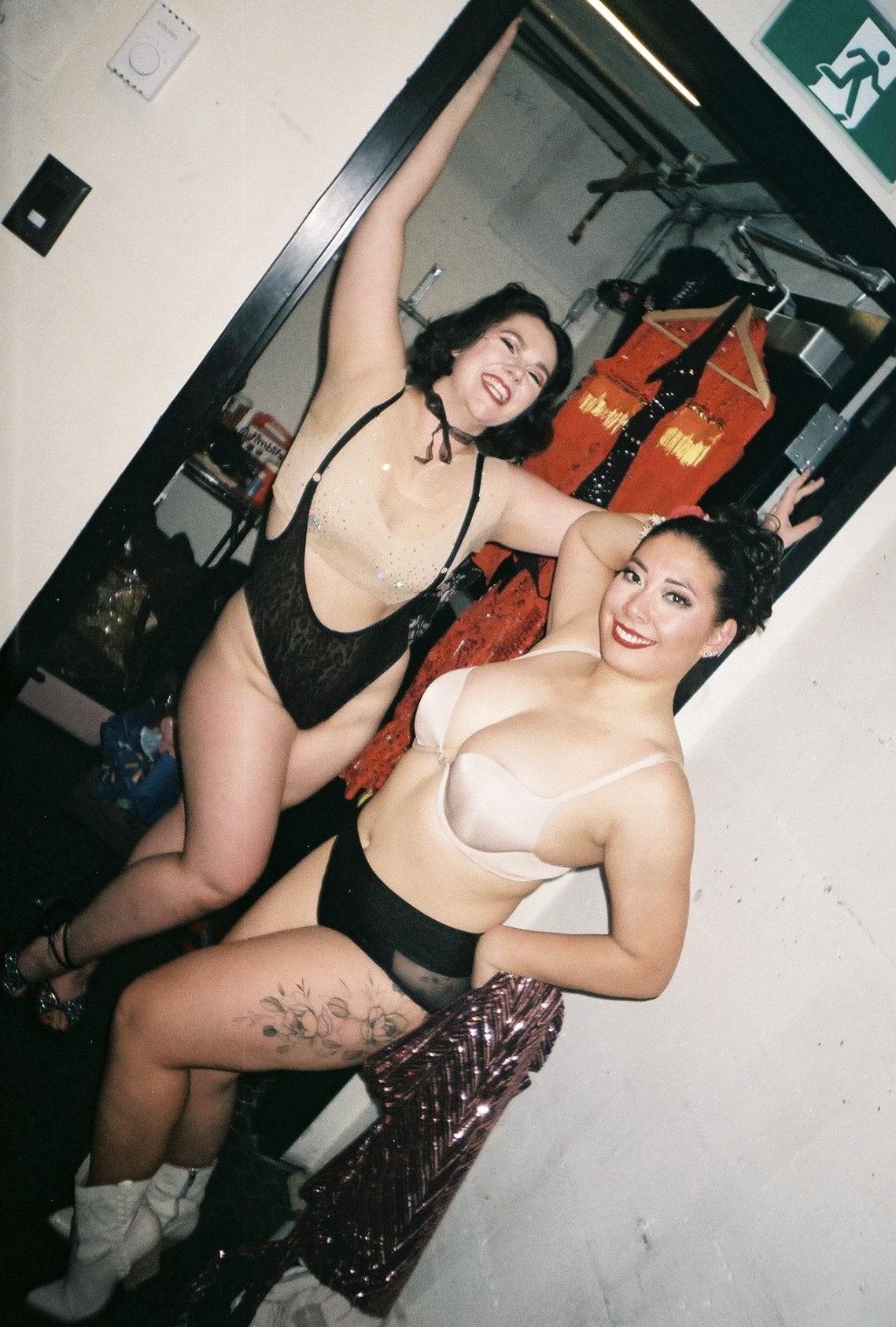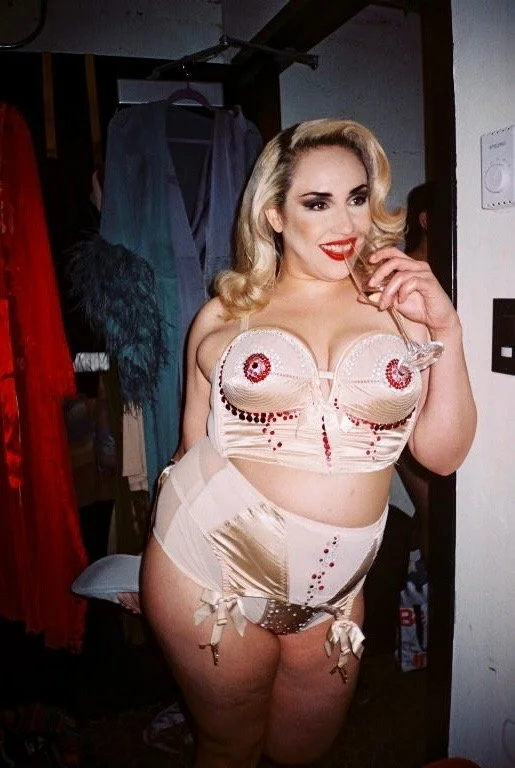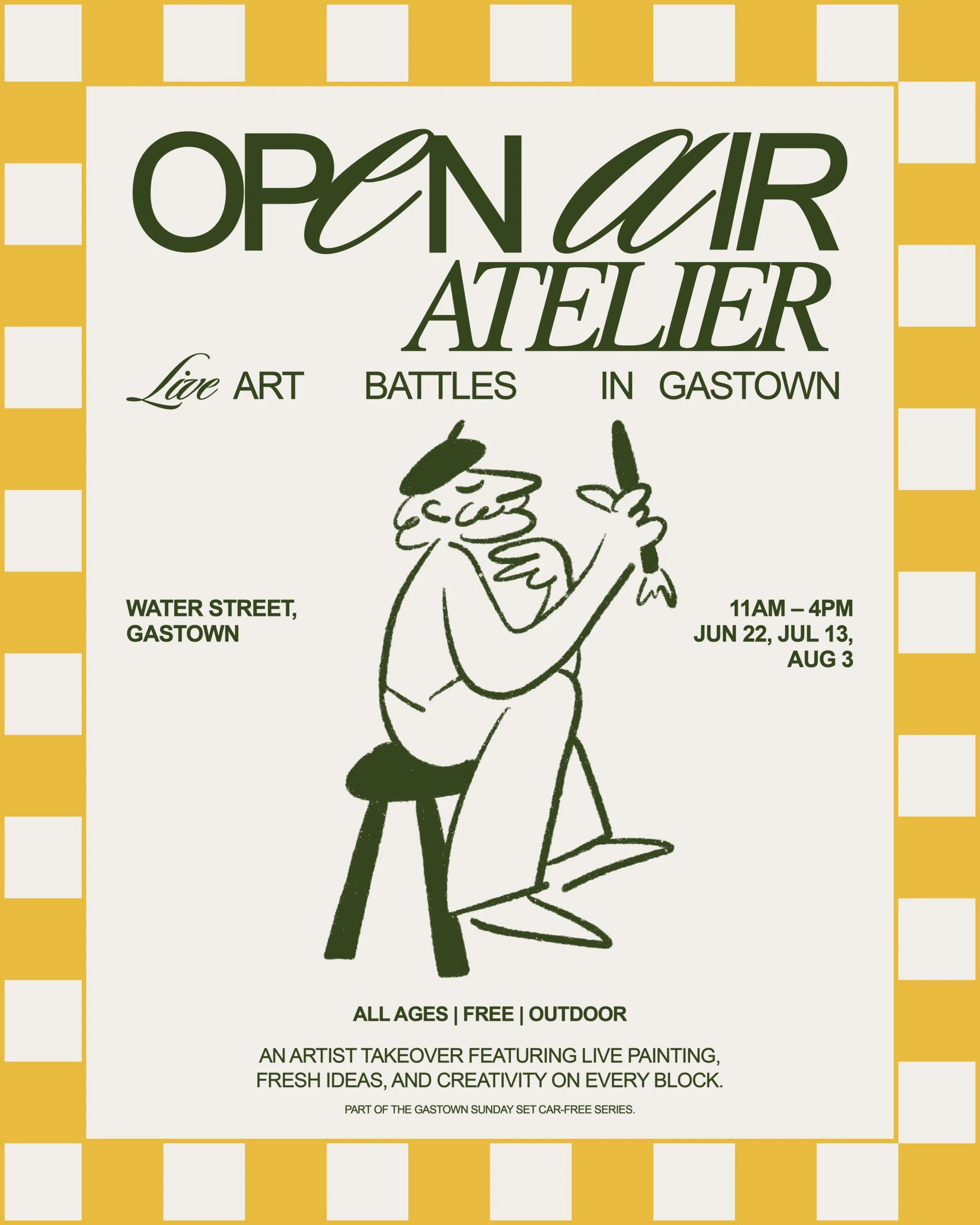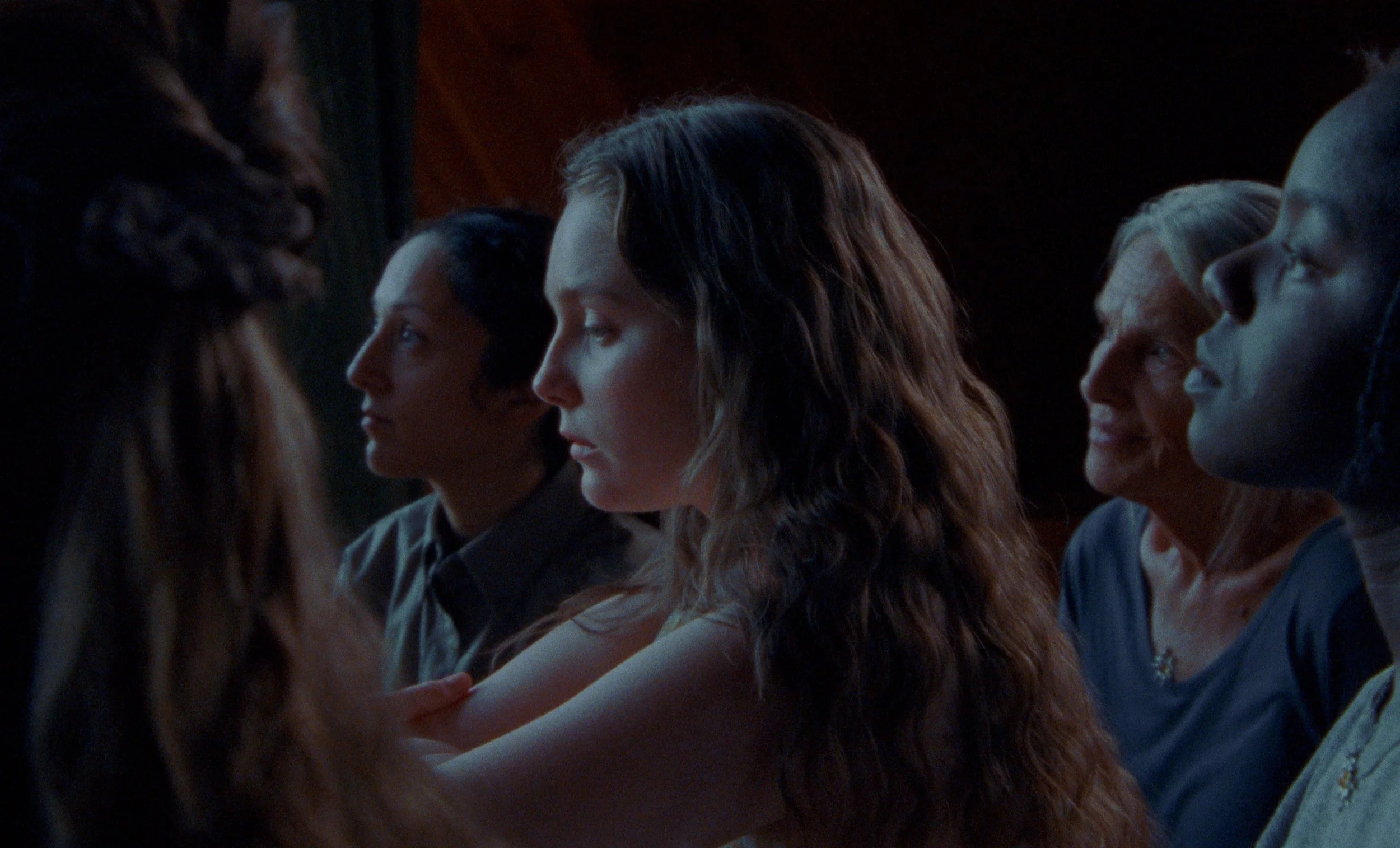Body Neutrality and Queerness in Vancouver’s Burlesque Scene
/THE PIN UP POSSE 2022; PHOTO BY TAYLOR NEAL
If you live in Vancouver, you may be familiar with the vibrant burlesque community that lights up the floors and stages of local bars and restaurants around the city.
Almost every weekend, Vancouverites and visitors can find somewhere to sip on a cheeky cocktail or craft beer and soak in all the juicy sensual goodness of the city’s diverse, quirky burlesque performers. With one of the largest and most rapidly growing burlesque scenes in North America, how lucky are we?
Since the early 20th century, Vancouver has been pivotal in the rise and evolution of this art form on the west coast. Vancouver has been referenced as the “dress rehearsal city,” as it was the first stop performers would make before travelling south on the train through Seattle, Portland, San Francisco, Los Angeles, San Diego, and many places in between. The city thus became home to a lot of experimental work in the burlesque community, and the larger performance art community as a whole.
At the same time, major sociopolitical movements—such as second and third wave feminism, the queer movement, the multitude of revolutionary efforts by BIPOC communities, and the emergence of body politics and body inclusivity—influenced a radical shift in the art world. Folks of all backgrounds, genders, shapes and sizes have claimed the burlesque stage as their own space to bring their unique voices, experiences, and interpretations into the spotlight. More and more, these performers are welcomed and uplifted within their communities, and more and more we all are changed because of these brave humans.
For many of these artists coming from various artistic backgrounds and life experiences, the practice and performance of burlesque is a practice of healing. As a queer Vancouver-based burlesque performer myself, I sit in the beautiful experience of coming from a commercial dance background and entering into the space of burlesque community and communal love. The art of strip-tease has healed me, enkindling an acceptance and love of my body and my queerness that I had never found elsewhere.
This healing effect, then, pervades our burlesque audiences as well. Folks who witness burlesque in all of its shapes come into a space of body neutrality and warmth that allows them to soften their bellies, unclench their jaws, sit back, and find beauty in the realness of bodies, authenticity, and connection. The art of strip tease creates a unique, sacred, queer shift in one’s relationship with one’s body, for performers and audiences alike.
PORTIA FAVRO 2022; PHOTO BY TAYLOR NEAL
Queerness: The Ultimate Body Work
Queerness is in the relationship between the self and the body, the experience of the body, of being in the body as it differs from the way we are told it should feel to be in our bodies. It is an experience of being at odds with the body in relation to the hegemonic experience of societally gendered bodies. We may look at ourselves and see a body we hate that is loved by the outside world, and so we squeeze ourselves into it for survival. Or, we may look at ourselves and see a body we love that is hated by the outside world, and so we hide it, or we struggle for survival. Whatever the relationship to our bodies may be, in the experience of queerness, queer people have to do a lot of work to get to a place where they feel in harmony with their body, feel joy in their body and feel ready to share it proudly.
When a burlesque performer takes the stage, what you are witnessing is the act of someone who has done the hardest, scariest, most vulnerable work under the surface, where no one else can see, to get to a place where they can stand before you, sparkling under the stage lights, and share their greatest work of art: their body.
Often, to find joy in the queer body, we must first unpack the layers of nuance, obligation and implication worn by our bodies in order to uncover what lives below the surface. Then, we must nurture this version of the self as we would a small child, or our dearest lover, until the queer body feels safe coming into the world as it is—naked, vulnerable, queer and true.
In essence, queerness is the soul’s burlesque: the art of identity strip-tease; seeing how the crowd reacts as we peel off one layer at a time, playing around with each layer a little before we’re fully ready to let it go, and then throwing it right in their faces once we’ve decided it no longer serves us, revealing a more bare version of the self, with pride.
In this way, burlesque is innately queer; a rejection of the way we are told to relate to and present our bodies. Perhaps in this same way, the idea of “play” is also innately queer, as to play is also to directly challenge the strict conventions and structures through which we are told to relate to our bodies. Body work then, can be considered as the way in which we use tools such as play, to find joyful, pleasurable ways to explore the body, which challenges the strict conventions of capitalism, cisheterosexism, racism, disability, and fatphobia.
Now, this is not to say that only queer people can do burlesque—anyone can do burlesque. What I am referring to is the way in which, through burlesque, one queers the relationship between their body and the world, by discarding the limiting shame of cis-hetero dogma.
Burlesque removes the masks. It removes the containers we are squished inside. It lets it all hang out with a side of drama and glitter. To stand up and bare our bodies to our communities and audiences, then, permits them to do the same. There’s no way you can say that’s not queer.
La Dame Derriere & ruby revel 2022; photo by taylor neal
Burlesque & Body Neutrality
When the performer welcomes their audience into the space of embodied queerness, they normalise the body in a way that is rare in hegemonic North American, straight, thin, white, cis culture. This is where body neutrality comes in.
In the queer space, there are no rules for how the body should look. This is the essence of queerness: rejection of the rules, occupying different shapes and expressions.
I am not going to fall into a trap of ignorance and say that thinness is not privileged, or that whiteness is not privileged, or that fat bodies are safe in all burlesque venues (or all queer ones). This is simply not true, we are not all safe. However, what burlesque does, in its ideal form, is create a space where we can all take a deep breath and lean into the softness, our own and others’, relinquishing our defense mode in a container that is safe and fluid—like the humans inside of it. In its ideal form, burlesque creates a space that operate without gatekeepers, without rules for how the body should look, a container that is truly, radically queer.
Above, I used the term body neutrality as opposed to body positivity to emphasize that the body, like queerness, like art, is neutral.
In a body positive mindset, we are told that one must love their body and all bodies, always, no matter what, every day without fail. The inverse becomes: if you do not love your body, if you do not feel good in your body, if you do not feel good about other bodies, you are not being body positive, therefore shame on you.
The problem with this is that it is unrealistic, and honestly somewhat boring, to feel good all the time about our bodies, or bodies in general.
No matter how much work you’ve done to come into a loving relationship with your body, there will always be good days and bad days, there will always be fluctuations—as in any relationship, no matter how loving. Out of love, sometimes we need space, sometimes we need to re-evaluate, sometimes we need to grieve or shift or simply feel the more unpleasant parts of being. Body positivity does not offer space for the humanity of the embodied experience. It can create shame, rather than release it.
To approach the body from a neutral place is to recognize the body as a neutral thing with which we are in a constantly evolving relationship. And that’s okay. It does not make our body a bad body if we sometimes feel disconnected from it; it does not even make it a bad body if we sometimes hate it. This just makes us human. And the body, like queerness, like art, remains neutral.
COCO LAMARR 2022; photo by taylor neal
When the burlesque performer steps onto the stage, they are not there because they love their body 100% of the time. They are not there because they think their body is the perfect body, or because they feel at their prime every time they perform. They are there because they know that—whether it’s been a good or a bad day, whether the world has deemed theirs a good or a bad body—their body deserves to take up space. “This is my body,” they are saying, “I worked hard to get to this place where I can share it with you on my own terms, so now I’m sharing it. How lucky you are, dear audience! Look at my beautiful body!”
They are there because they have done the work to get there.
When the performer stands before their audience having done this work and come into this comfortability with their body, the space feels their comfort as well. The performer is literally there to normalize the body, allowing the audience to want them, encouraging desire and lust and sexuality in this safe space. Quite literally, the performer is there to lend their body to their audience, to permission a common enthusiasm for glittery naked people, or more sophisticatedly, a communal celebration of someone confident enough in their sexuality—whether it be a performance or not—to feed our sexually-starved souls with a reminder that sexuality is playful and silly and fun, and you’re allowed to enjoy it regardless of how you look or where you sit on the gender spectrum.
But it doesn’t just happen. It’s a long, nuanced process to get from one’s first burlesque class onto a stage. Just leaving your home and entering a dance class is a mental and emotional process; opening yourself up to a space with other bodies, bodies that may not look like your own, bodies that move differently than yours, that might express their gender differently than you do, and yet, bodies of equal worth and value regardless of the differences. Bodies coming together to move toward a place of love, finding their authentic expression, connecting to their sensuality, feeling connected to a community—all through an art form where fat folks and thin folks and folks of different races and queer folks and straight folks and disabled folks can wear a g-string and a mustache and be cheered on along the way.
This is how I have healed through burlesque. This is how I have healed at the hand, or the glove, of the burlesque performers I have the privilege to know. Coming out of the commercial dance world, a baby queer experimenting with my pronouns, exploring my queerness and searching for community in a new city in the midst of a pandemic, this is how I found the fullest version of myself. The burlesque community adopted me with open arms, asked me what I wanted to be called, and encouraged me to dance in bare feet when I felt gender dysphoria towards heels. What a departure from the constraints and uniformity of the dance world! When at first I held reservations toward burlesque for my own lack of desire to perform traditional femininity, the burlesque community allowed me to experiment; burlesque encouraged my body hair and my raw sexuality and my passion for using my nude body to confront misogyny. Burlesque helped me see myself mirrored in a community.
This is how being in the queer burlesque space has allowed me to find acceptance and joy in my queer body. How witnessing different bodies moving in unique ways, producing unique art, and freeing the little queer baby at the heart of it all has helped me to expand.
This is how us queer burlesque artists become healers.
A Canadian multi-disciplinary artist, writer, yoga instructor and sex worker's advocacy support worker, Taylor is committed to an ongoing exploration of intimacy, sexuality, and how humans can foster loving relationships with their bodies. Practically, Taylor combines their background in dance and performance, their passion for the written word, and their curiosity within contemporary visual art and photography, with their studies in Communications, Art History, Feminist Theory, Design for Theatre and Fashion Design. Their cumulative work and practice comes together as a holistic exploration of identity, movement, sexuality, and how the embodied subject navigates space and the natural world. To connect with Taylor, you may find them at their website taylorneal.ca, on Instagram @nzzltea, or through their podcast, Full Bloom Pod, on Apple Music and Spotify.

